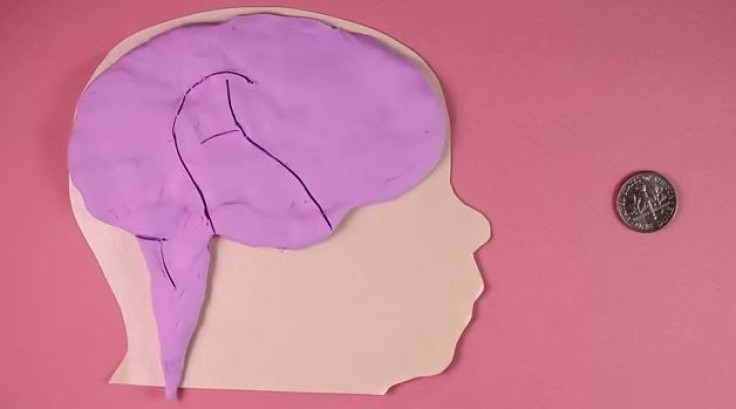Brain Development Is Dizzying: How Brains Grow, Function, And Form Memories Inside Our Skulls

Right inside your head you have about 86 billion neurons, but where did they all come from? Your brain begins to grow when your entire body is smaller than a dime, and neurons begin growing at the speed of 250,000 neurons per minute, rapidly giving you more and more functions, abilities, and connections. Once synapses form, they make it possible for neurons to communicate with one another, and by the time the fetus hits eight weeks inside the womb, it's able to hear, see, and smell, and respond to touch and light.
The ability to learn is inarguably the most important new ability. Babies form 700 new connections in their first years of life, and by the time they’re 3 years old, they’ve formed 1,000 trillion new connections. The newborn's adaptability is the reason why parents say their baby is like a sponge, quickly absorbing information as it comes and goes. Six-year-olds have grown a brain so large and interwoven with connections that it has developed into 90 percent of the size of their adult brain. But don’t think the child’s brain is of equivalent maturity as an adult; the brain of a child who grows up in a violent home undergoes the same effect as combat affects a soldier’s brain.
The brain’s development doesn’t stop there, though, and will continue to strengthen and make new connections throughout the rest of your life. This means every time you form a new memory, walk down a new road, learn a new word, meet a new coworker, your brain snaps into gear and creates another connection. The brain requires a lot of energy and uses 20 percent of the total oxygen and blood in your body.
Five or 10 minutes seem like a sliver of time compared to the span of our lives, but a lack of oxygen in the brain for those handful of minutes results in permanent brain damage. The juxtaposition of fragility and power sits inside your skull, commanding the entirety of your body even while you sleep. Your brain is composed of five different parts: the cerebrum, cerebellum, brain stem, pituitary gland, and hypothalamus.
The largest part is the cerebrum, which is a mirrored two halves and makes up 85 percent of the brain’s weight and is where the thinking takes place and controls the voluntary muscles, makes it possible to solve math problems, navigate through a video game, and even draw a picture.
The cerebellum sits in the back of the brain and is only an eighth of the size of the cerebrum but is key to controling the body’s balance, movement, and muscle coordination. The brain stem is situated right in front of the cerebrum and connects the brain to the rest of the spinal cord that runs down the neck and back. It’s the part you need to stay alive, keep you breathing, digesting food, sending messages to the brain and throughout the rest of the body, and circulating blood. These are the involuntary movements and operations of the body that also control the muscles you don’t have to think about commanding to work, such as your heart and stomach muscles.
The pituitary gland is a small pea-sized part of the brain that controls hormones, metabolism, growth, and is the big player in puberty. The hypothalamus, on the other hand, controls the brain's temperature, tells the body to sweat, shiver, and shake its way back to a healthy state of just right. It also governs thirst, hunger, sleep, sex drive, blood pressure, and certain hormones involved in behavior. The brain may be the texture of tofu, but it’s the boss from before birth to now.



























